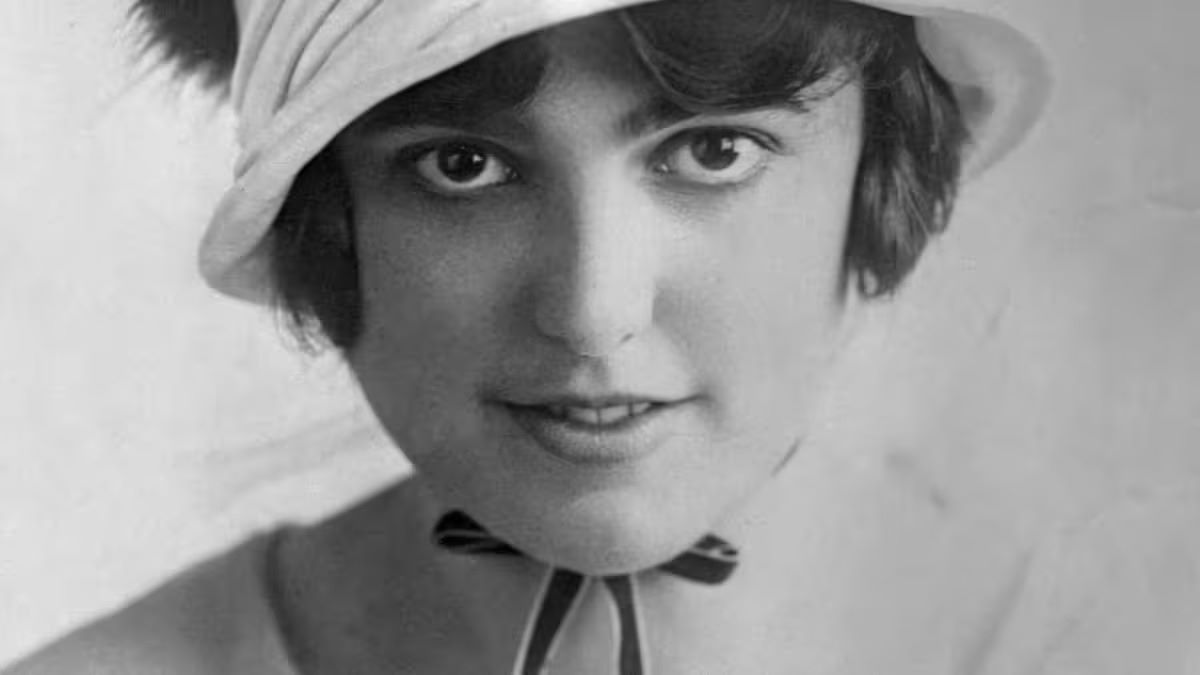
Harlequin Type Ichthyosis is a rare genetic disorder that affects the skin, causing it to become thick, hard, and covered with diamond-shaped plates. What causes Harlequin Type Ichthyosis? This condition is caused by mutations in the ABCA12 gene, which plays a crucial role in skin development. Babies born with this disorder often face severe complications, including difficulty breathing, dehydration, and infections. Despite these challenges, advancements in medical care have improved the survival rate and quality of life for those affected. Understanding this condition can help raise awareness and support for individuals and families dealing with Harlequin Type Ichthyosis.
Key Takeaways:
- Harlequin Type Ichthyosis is a rare genetic disorder causing severe skin complications. Early diagnosis, ongoing medical care, and community support are crucial for managing the condition and improving quality of life.
- Ongoing research and advocacy efforts offer hope for better treatments and support for individuals and families affected by Harlequin Type Ichthyosis. Collaboration between researchers and patient advocacy groups is essential for progress.
What is Harlequin Type Ichthyosis?
Harlequin Type Ichthyosis is a rare genetic disorder affecting the skin. This condition causes thick, diamond-shaped scales to form on the skin, leading to severe complications. Understanding this condition can help raise awareness and support those affected.
- Harlequin Type Ichthyosis is caused by mutations in the ABCA12 gene, which is crucial for skin development.
- The condition is inherited in an autosomal recessive pattern, meaning both parents must carry the gene mutation.
- Babies with this disorder are often born with very hard, thick skin covering most of their bodies.
- The thick skin forms large, diamond-shaped plates separated by deep cracks.
- These cracks can lead to severe infections due to the skin's inability to act as a barrier.
Symptoms and Complications
The symptoms of Harlequin Type Ichthyosis are severe and can lead to various complications. Early diagnosis and treatment are essential for managing the condition.
- Infants with this condition often have distorted facial features due to the tightness of their skin.
- The tight skin can restrict movement, making it difficult for the baby to move their arms and legs.
- Breathing difficulties are common because the tight skin can restrict chest expansion.
- Feeding can be challenging due to the tightness around the mouth.
- Eye problems, such as ectropion (outward turning of the eyelids), are frequent due to the skin pulling on the eyelids.
Treatment and Management
While there is no cure for Harlequin Type Ichthyosis, treatments can help manage symptoms and improve quality of life. Medical care is crucial from birth.
- Immediate care often involves placing the newborn in a humidified incubator to prevent dehydration.
- Regular application of moisturizing creams and ointments helps keep the skin soft and flexible.
- Antibiotics may be necessary to treat or prevent infections.
- Retinoids, a type of medication, can help reduce the thickness of the skin.
- Physical therapy may be needed to improve mobility and prevent joint contractures.
Living with Harlequin Type Ichthyosis
Living with this condition requires ongoing medical care and support. Families and individuals affected by Harlequin Type Ichthyosis face unique challenges.
- Daily skin care routines are essential to manage the condition.
- Regular visits to dermatologists and other specialists are necessary.
- Support groups and organizations can provide emotional and practical support.
- Education about the condition helps reduce stigma and increase understanding.
- Advances in medical research offer hope for better treatments in the future.
Historical and Cultural Context
Harlequin Type Ichthyosis has been documented throughout history. Understanding its historical context can provide insight into how perceptions and treatments have evolved.
- The first documented case of Harlequin Type Ichthyosis dates back to the 18th century.
- Historically, infants with this condition often did not survive due to lack of medical knowledge and care.
- Advances in neonatal care have significantly improved survival rates for affected infants.
- Awareness and understanding of the condition have increased over time.
- Cultural perceptions of the condition vary, with some societies showing more acceptance and support than others.
Research and Future Directions
Ongoing research is crucial for improving the lives of those with Harlequin Type Ichthyosis. Scientists are exploring new treatments and potential cures.
- Genetic research aims to better understand the mutations causing the condition.
- Stem cell research offers potential for developing new treatments.
- Clinical trials are testing the effectiveness of new medications.
- Collaboration between researchers and patient advocacy groups is essential for progress.
- Advances in gene therapy hold promise for future treatments.
Notable Cases and Awareness
Notable cases of Harlequin Type Ichthyosis have helped raise awareness and support for those affected. Public figures and media coverage play a role in increasing understanding.
- Ryan Gonzalez, born in 1986, was one of the first individuals with Harlequin Type Ichthyosis to survive into adulthood.
- Nelly Tournier, a French woman, has become an advocate for those with the condition.
- Social media has helped connect individuals and families affected by the disorder.
- Documentaries and news stories have highlighted the challenges and triumphs of living with Harlequin Type Ichthyosis.
- Awareness campaigns and fundraisers support research and provide resources for affected families.
Support and Resources
Support and resources are available for individuals and families affected by Harlequin Type Ichthyosis. Access to information and community support is vital.
- The Foundation for Ichthyosis & Related Skin Types (FIRST) provides resources and support.
- Online forums and social media groups offer a platform for sharing experiences and advice.
- Educational materials help families understand and manage the condition.
- Financial assistance programs can help cover medical expenses.
- Advocacy organizations work to raise awareness and support research efforts.
Final Thoughts on Harlequin Type Ichthyosis
Harlequin Type Ichthyosis is a rare genetic disorder that affects the skin, causing it to become thick and hard. This condition, which appears at birth, requires lifelong care and management. Advances in medical research have improved the quality of life for those affected, but challenges remain. Early diagnosis and treatment are crucial for managing symptoms and preventing complications. Support from healthcare professionals, family, and community can make a significant difference. Understanding and awareness of this condition can lead to better support systems and more research funding. While Harlequin Type Ichthyosis presents many hurdles, ongoing advancements in medicine offer hope. By staying informed and supportive, we can contribute to a better future for those living with this condition.
Frequently Asked Questions
Was this page helpful?
Our commitment to delivering trustworthy and engaging content is at the heart of what we do. Each fact on our site is contributed by real users like you, bringing a wealth of diverse insights and information. To ensure the highest standards of accuracy and reliability, our dedicated editors meticulously review each submission. This process guarantees that the facts we share are not only fascinating but also credible. Trust in our commitment to quality and authenticity as you explore and learn with us.


